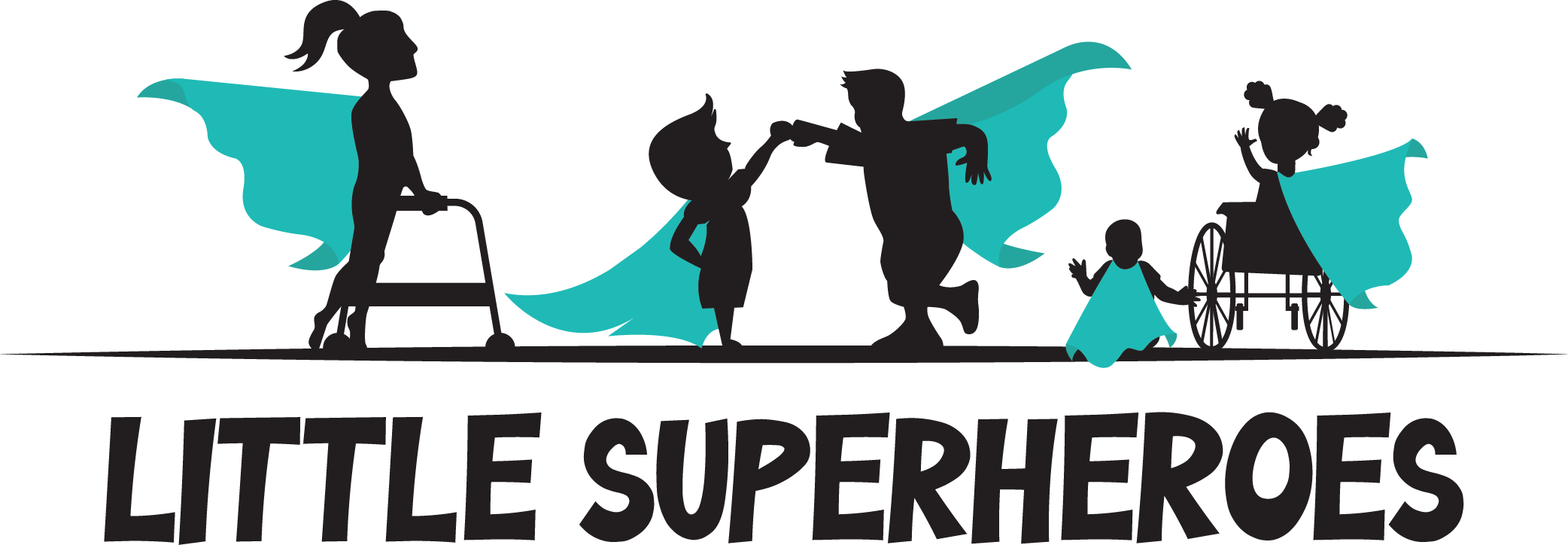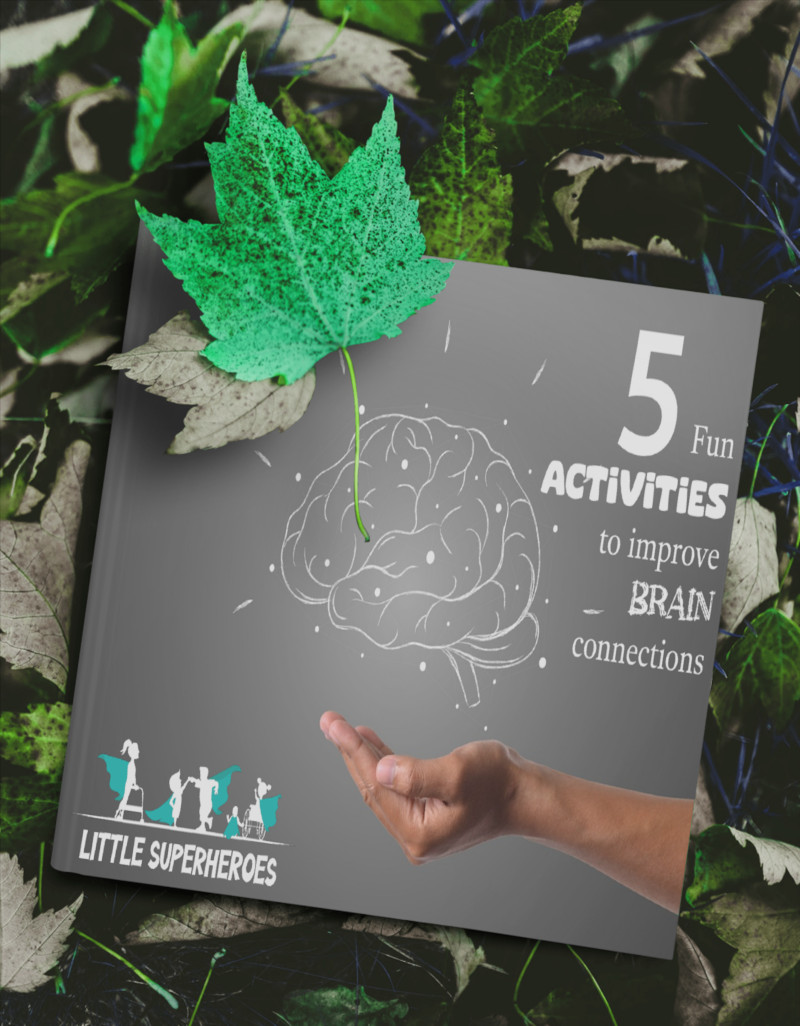Meltdowns are one of the most challenging moments for parents and caregivers of neurodivergent children. When emotions explode and overwhelm takes over, it can feel like nothing will work. Should you speak or stay silent? Hold them or step away?
In this guide, we’ll break down what to do and what to avoid when your child is having a meltdown so you can navigate these intense moments with confidence, compassion, and clarity.
1. Stay Calm and Regulate Your Own Energy
Your tone and presence can either escalate or soothe the situation. Even though it’s difficult, staying calm and composed is one of the most powerful things you can do.
Take deep breaths before responding
Speak slowly and softly
Lower yourself to their eye level (if appropriate)
A child’s nervous system mirrors yours—if you remain calm, you are helping them feel safe.
2. Validate Their Feelings
Meltdowns feel overwhelming and scary for your child. Let them know you see their distress without trying to “fix” it immediately.
Use simple, comforting phrases:
“I see that this is really hard for you.”
“It’s okay to feel upset. I’m here.”
Acknowledge their emotions instead of dismissing them
Validation helps your child feel heard and reduces their stress response.
3. Reduce Sensory Overload
If possible, remove stimulating triggers and help create a calm environment.
Move to a quiet space or dim the lights
Offer noise-canceling headphones if sound is an issue
Provide a familiar comfort object like a favourite stuffed toy or blanket
Sensory adjustments can help ground your child and allow them to self-regulate.
4. Use Minimal Language
During a meltdown, your child’s brain is in fight-or-flight mode and cannot process complex instructions.
Keep words short and simple (“You’re safe. I’m here.”)
Avoid asking questions or making demands
Give them time to calm down without verbal pressure
Less is more in the middle of a meltdown.
5. Offer Sensory Tools or Comfort (If Welcome)
Some children respond well to gentle physical support, while others need space.
If they like deep pressure, offer a firm hug or weighted blanket
If they prefer not to be touched, stay nearby and offer a sensory tool like a fidget toy
Rhythmic movements, like gentle rocking or deep-pressure massage, can be soothing
Follow your child’s preferences and cues—what works for one child may not work for another.
The Don’ts: What to Avoid During a Meltdown
1. Don’t Yell or Use a Harsh Tone
Raising your voice escalates the meltdown and triggers more distress.
Instead:
Speak softly and slowly
Use calm, reassuring language
If you feel overwhelmed, take deep breaths before responding
Your calmness is the anchor your child needs.
2. Don’t Try to Reason or Argue
In the middle of a meltdown, the brain’s rational thinking shuts down. Trying to explain or argue is ineffective.
Avoid saying: “Calm down,” “Stop crying,” “You’re overreacting.”
Don’t try to discipline or use logic—your child is not in control of their emotions at that moment
Instead, focus on support and safety.
3. Don’t Overstimulate the Environment
Bright lights, loud noises, or chaotic surroundings can worsen a meltdown.
Avoid using distractions that involve more sensory input (e.g., loud music, too many words)
If in public, find a quieter space where they can calm down
Keep stimulation to a minimum while they recover
Less stimulation = faster recovery.
4. Don’t Force Physical Contact
Not all children want or need touch during a meltdown.
If they pull away, respect their space
Let them know you’re there without forcing physical comfort
Sometimes, just sitting nearby is the best form of support
Give them time to process their emotions in their own way.
5. Don’t Punish or Shame
Meltdowns are not a behaviour choice, so discipline doesn’t help.
Avoid timeouts, threats, or negative consequences
Refrain from saying things like:
“You’re embarrassing me.”
“Why are you acting like this?”
“If you don’t stop, we’re leaving!”
Instead, focus on de-escalation and problem-solving later when they are calm.
After the Meltdown: How to Support Your Child
Once your child has calmed down, they may feel tired, confused, or even embarrassed.
1. Offer Reassurance
Let them know they are safe and loved
Use simple language: “That was really hard, but we got through it together.”
2. Reflect (Later, When Calm)
Talk about what happened in a gentle, non-judgmental way
Ask what helped and what didn’t
Help them build self-awareness (“Next time you feel that way, what could we try?”)
This builds emotional intelligence and self-regulation skills over time.
3. Develop a Toolbox for Future Meltdowns
Create a calm-down plan together when they are feeling regulated.
Visual schedules for transitions
A sensory toolkit (fidget toys, weighted blankets, noise-canceling headphones)
Practice calming techniques (breathing exercises, stretching, movement breaks)
Building predictability and self-regulation skills can reduce the intensity of future meltdowns.
Final Thoughts: Your Calm is Their Safe Space
Meltdowns are not misbehaviour—they are a biological response to overwhelming situations.
If there’s one thing to remember, it’s this:
Your child isn’t giving you a hard time, they’re having a hard time.
By staying calm, supportive, and patient, you are giving them the tools they need to navigate their emotions safely.
Need More Support?
Handling meltdowns can be exhausting, but you don’t have to do it alone.
Join Mastering Meltdowns: Strategies for Emotional Regulation, a 90-minute masterclass designed to help you:
Reduce the frequency and intensity of meltdowns
Learn practical techniques for calming big emotions
Feel more confident navigating difficult moments
📅 Date: March 25th
🔗 Reserve Your Spot Now:
https://maternalgrounding.spayee.com/s/store/courses/description/67bbc85716b24630e0621830–Mastering-Meltdowns
You and your child are superheroes—you just need the right tools. 💙
















